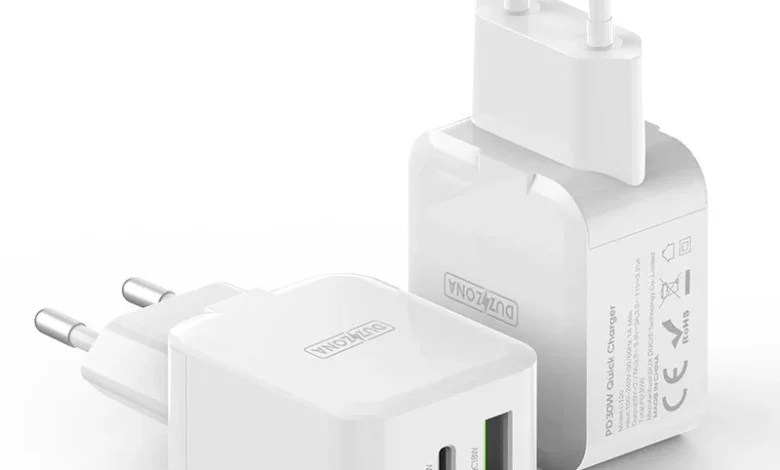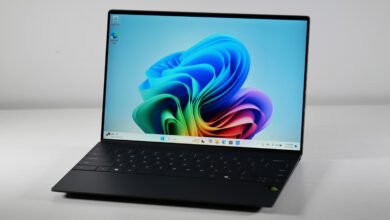The Modern Charger: Powering Our Connected Lives

In a world where nearly everything runs on batteries — from smartphones and laptops to electric cars and toothbrushes — chargers have become indispensable. While they might seem like simple accessories, chargers have evolved in fascinating ways, adapting to new technologies and needs. In this article, we’ll explore the world of chargers, their types, their history, and what you should know when picking the right one.
A Brief History of Chargers
Chargers, in their earliest form, weren’t as sleek or efficient as the devices we use today. Back in the early days of portable electronics, charging units were bulky and slow. Think about the massive adapters for the first generation of mobile phones in the late ’80s and early ’90s — they often took hours to charge a single device and were anything but portable.
As technology progressed, so did the design and functionality of chargers. The development of lithium-ion batteries in the early 1990s revolutionized portable electronics and their corresponding chargers. These batteries were smaller, held more energy, and charged faster, prompting manufacturers to innovate on charger designs to match the new demand.
Fast forward to today, and the charger has undergone another renaissance. Now we have fast chargers, wireless chargers, solar-powered chargers, and even multi-device charging hubs. Each of these modern options is designed to meet the fast-paced lifestyle of today’s tech-driven society, offering quicker, safer, and more convenient ways to stay powered up.
Types of Chargers Available Today
One look at the market today and you’ll realize there’s a charger for every purpose imaginable. From simple wall adapters to advanced wireless charging stands, the options are vast. Let’s break down the most common types you’ll encounter.
Wired Chargers
Wired chargers are the most traditional type and remain widely used because of their efficiency and reliability. These chargers typically consist of a cable and a plug that connect directly to a wall outlet. They come in various shapes and power capacities — from standard 5W phone chargers to powerful 65W laptop adapters.
USB-C chargers, in particular, have taken center stage in recent years. Thanks to their reversible connector and fast-charging capabilities, USB-C chargers can power up a smartphone, a tablet, and even a laptop with impressive speed. They’re quickly replacing older micro-USB and proprietary cables in many industries.
Wireless Chargers
Wireless chargers are gaining immense popularity as more devices support Qi wireless charging technology. Instead of plugging in a cable, you simply place your compatible device on a charging pad or stand. This technology uses electromagnetic induction to transfer energy from the charger to the device’s battery.
Though wireless charging tends to be a bit slower than wired connections, the convenience factor is hard to ignore. You can keep your phone within arm’s reach and pick it up without dealing with cables. Some advanced models even offer fast wireless charging, capable of delivering up to 15W of power to compatible devices.
Portable Chargers and Power Banks
When you’re on the move and away from a power outlet, portable chargers — also known as power banks — are lifesavers. These compact, battery-equipped devices can charge your phone, tablet, or even small laptops while you’re traveling.
Power banks come in various sizes and capacities, typically measured in milliamp hours (mAh). A smaller 5,000mAh unit might fully charge a smartphone once, while a high-capacity 20,000mAh power bank could handle multiple devices or provide several charges before needing to be recharged itself.
Fast Charging: The Game Changer
One of the most significant advancements in charging technology over the past decade is the introduction of fast charging. Modern smartphones, laptops, and other gadgets now often support quick-charging protocols that dramatically reduce charging times.
Fast chargers work by increasing the wattage delivered to a device’s battery, allowing it to absorb more power in a shorter period. Popular fast-charging standards include Qualcomm Quick Charge, USB Power Delivery (USB-PD), and proprietary systems like Apple’s Fast Charge or Oppo’s VOOC.
However, it’s important to use compatible devices and chargers to avoid overheating or damaging your battery. Not every device can handle high-wattage charging, and using an incompatible charger might lead to slow charging or safety risks.
The Rise of Eco-Friendly and Solar Chargers
As concerns about climate change and sustainability grow, many consumers are turning toward eco-friendly charging options. Solar chargers, in particular, have become popular among outdoor enthusiasts and those looking to reduce their carbon footprint.
Solar chargers convert sunlight into electricity, which can then be stored in a power bank or used to directly charge a device. While charging speeds depend on sunlight availability and panel quality, they’re invaluable in remote areas or during emergencies when traditional power sources aren’t available.
Eco-conscious brands are also producing chargers made from recycled materials or using energy-efficient technologies that minimize waste and reduce environmental impact. These products offer a greener alternative to conventional charging equipment without sacrificing performance.
Choosing the Right Charger for Your Needs
With so many chargers available, picking the right one might feel overwhelming. The key is to match the charger’s output and compatibility to your device’s requirements. Start by checking your device’s charging specifications, usually listed in the manual or on the manufacturer’s website.
For instance, if you have a phone that supports 30W fast charging, using a regular 5W charger will work, but it’ll be painfully slow. Similarly, some devices might not be compatible with certain fast-charging protocols, leading to inefficiency or potential battery harm.
You should also consider how and where you plan to use your charger. A lightweight power bank might be perfect for travel, while a wireless stand could be ideal for your desk. Investing in a multi-port USB charging hub can simplify cable clutter and allow you to charge several devices simultaneously.
The Future of Charging Technology
Charging technology is continuously evolving, and the future looks incredibly promising. One of the most anticipated developments is true wireless charging — the ability to power up devices without direct contact, using over-the-air energy transmission.
Some companies are already experimenting with this technology, allowing devices to charge as long as they’re within a certain range of a power source. While it’s still in the early stages, it holds the potential to make tangled cables and charging pads a thing of the past.
Additionally, advancements in battery technology, such as graphene-based batteries, could significantly improve charging speeds and efficiency. These innovations promise to deliver more power in less time, with better safety and longevity.
Conclusion
Chargers are more than just simple accessories — they’re essential tools that keep our connected lives running smoothly. From traditional wired models to cutting-edge wireless and eco-friendly options, today’s chargers offer versatility, speed, and convenience like never before.
Whether you’re replacing an old adapter or investing in a fast charger for your latest device, understanding the different types and technologies available can help you make a smarter, safer, and more efficient choice. And with the exciting innovations on the horizon, the way we power our devices is set to become even more seamless and futuristic in the coming years.



